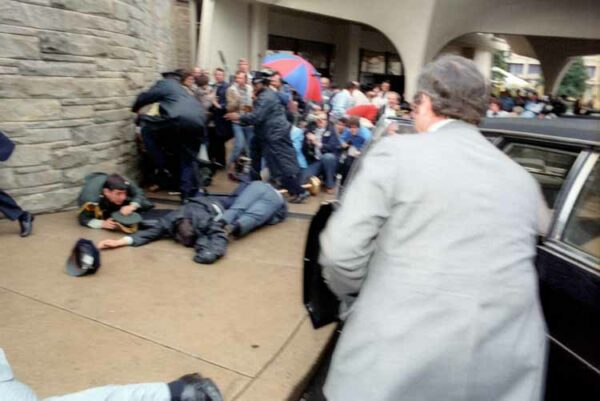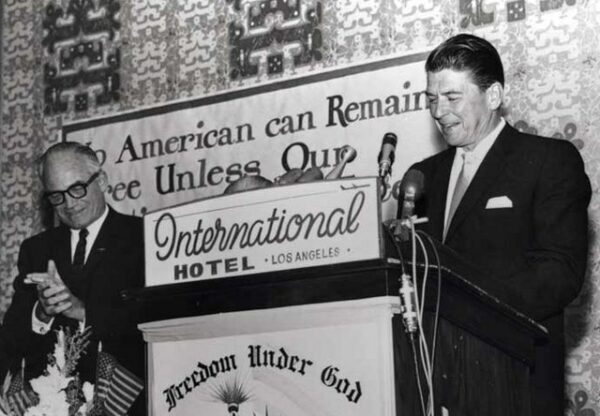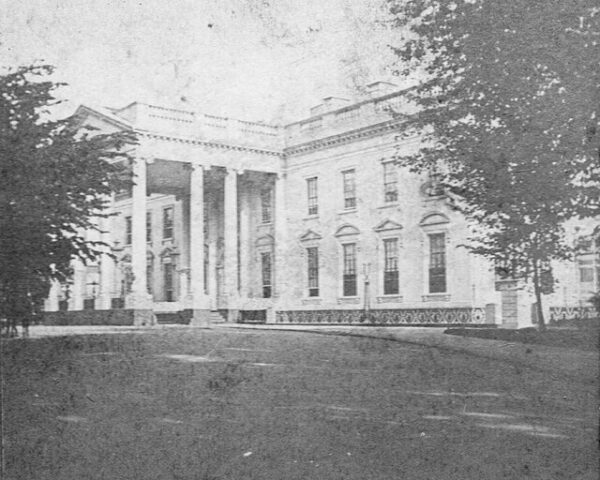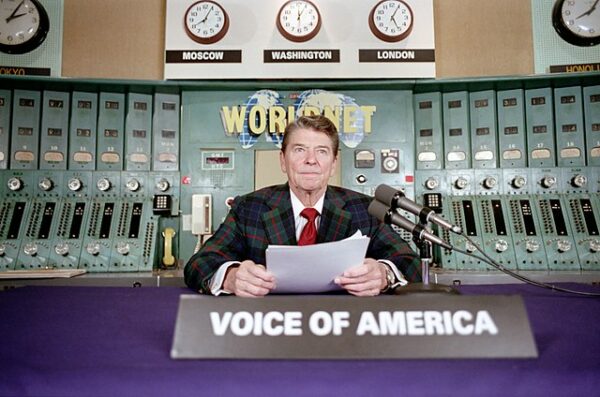On March 30, 1981, the United States was in shock. A young man tried to kill Ronald Reagan just months after he had taken office.
The day started like any other, with President Reagan going about his duties. As he exited the Washington Hilton Hotel after delivering a speech, Hinckley fired six shots from a .22 caliber revolver. Chaos ensued as Secret Service agents quickly reacted, shielding the President and apprehending the shooter. In the melee, several individuals were injured, including Reagan Press Secretary James Brady, Secret Service agent Timothy McCarthy, and D.C. Police Officer Thomas Delahanty. Reagan himself was wounded when one of Hinckley’s bullets ricocheted off the presidential limousine and struck him in the chest.
The news of the assassination attempt sent shockwaves across the nation. Americans anxiously awaited updates on Reagan’s condition as he underwent emergency surgery. Fortunately, the President’s injuries were not life-threatening, and he would eventually make a full recovery. However, the incident prompted a reevaluation of security procedures surrounding the President and other high-profile figures.
John Hinckley Jr., the man behind the attack, quickly became the focus of intense scrutiny. Born on May 29, 1955, in Ardmore, Oklahoma, Hinckley had a troubled upbringing marked by mental health issues and erratic behavior. He developed an obsession with actress Jodie Foster after seeing her in the 1976 film “Taxi Driver,” in which the protagonist attempts to assassinate a presidential candidate to impress her. This fixation would ultimately fuel Hinckley’s delusions and drive him to emulate the character’s actions.
Hinckley’s trial garnered significant media attention, with the public eager to understand his motives. His defense team argued that he suffered from mental illness, specifically schizophrenia, which impaired his ability to distinguish right from wrong. They portrayed him as a disturbed individual whose actions were driven by a warped perception of reality rather than a rational motive.
Despite the compelling nature of the defense’s argument, the prosecution sought to hold Hinckley accountable for his actions. They emphasized his meticulous planning leading up to the assassination attempt, citing evidence such as his writings and stalking of Jodie Foster. They argued that while mental illness may have played a role, it did not absolve him of responsibility for his crimes.
In the end, the jury found Hinckley not guilty by reason of insanity, sparking a nationwide debate over the adequacy of the legal definition of insanity and the treatment of mentally ill offenders. The verdict prompted Congress and several states to revise their laws regarding the insanity defense, making it more difficult for defendants to use mental illness as a shield against criminal culpability.
Following the trial, Hinckley was committed to St. Elizabeths Hospital, a psychiatric facility in Washington, D.C. Over the years, he received treatment and gradually showed signs of improvement. In 2016, after decades of institutionalization, a federal judge granted Hinckley full-time convalescent leave, allowing him to reside with his mother under strict conditions.






